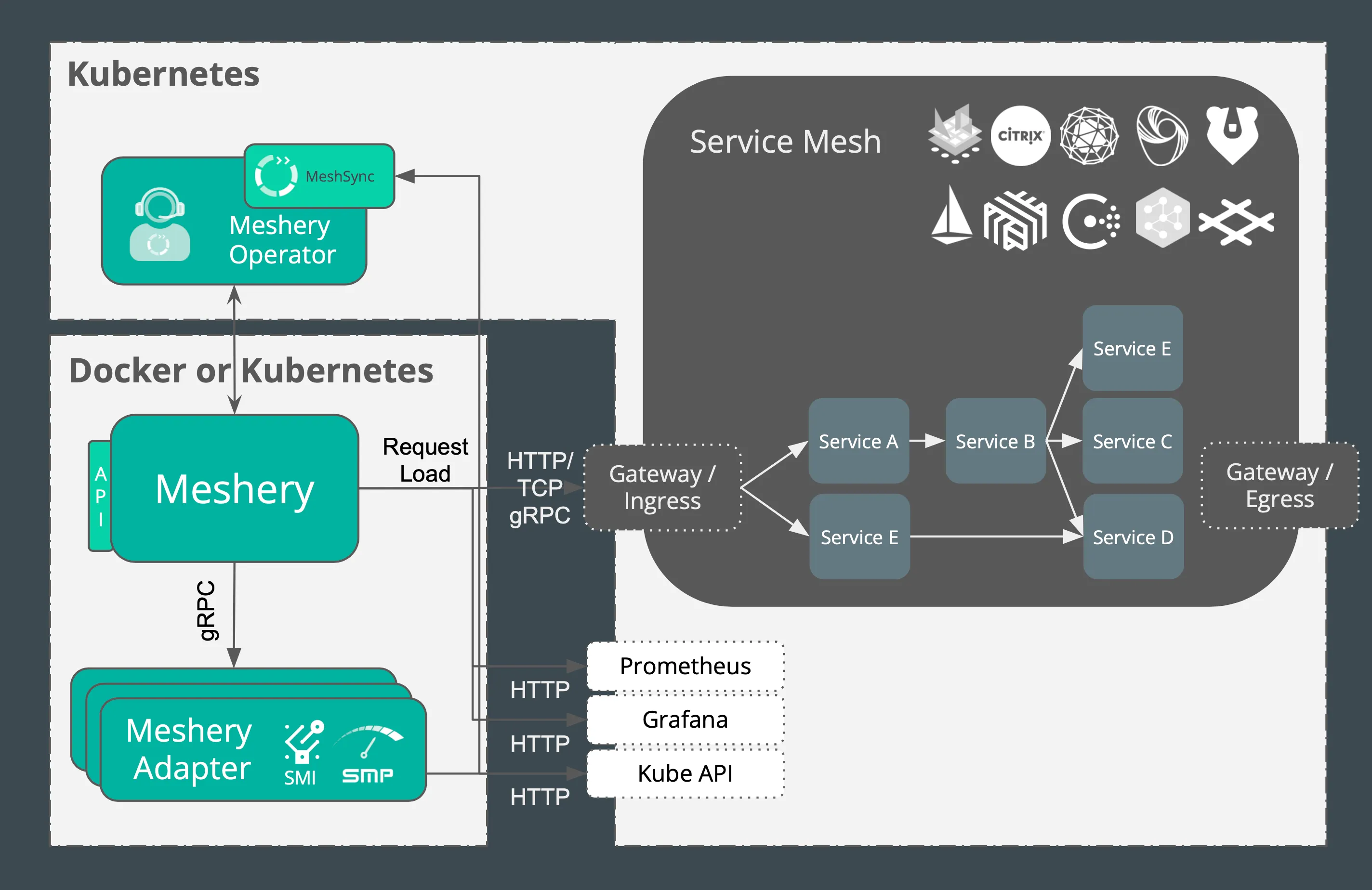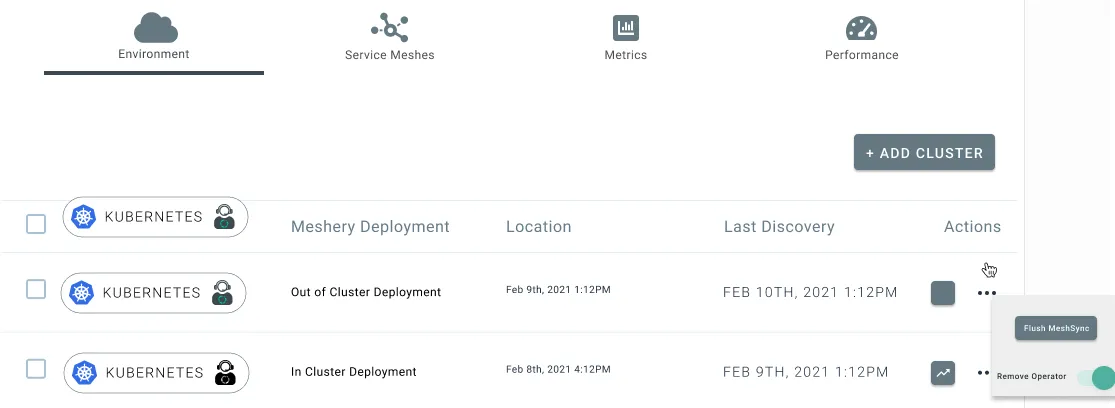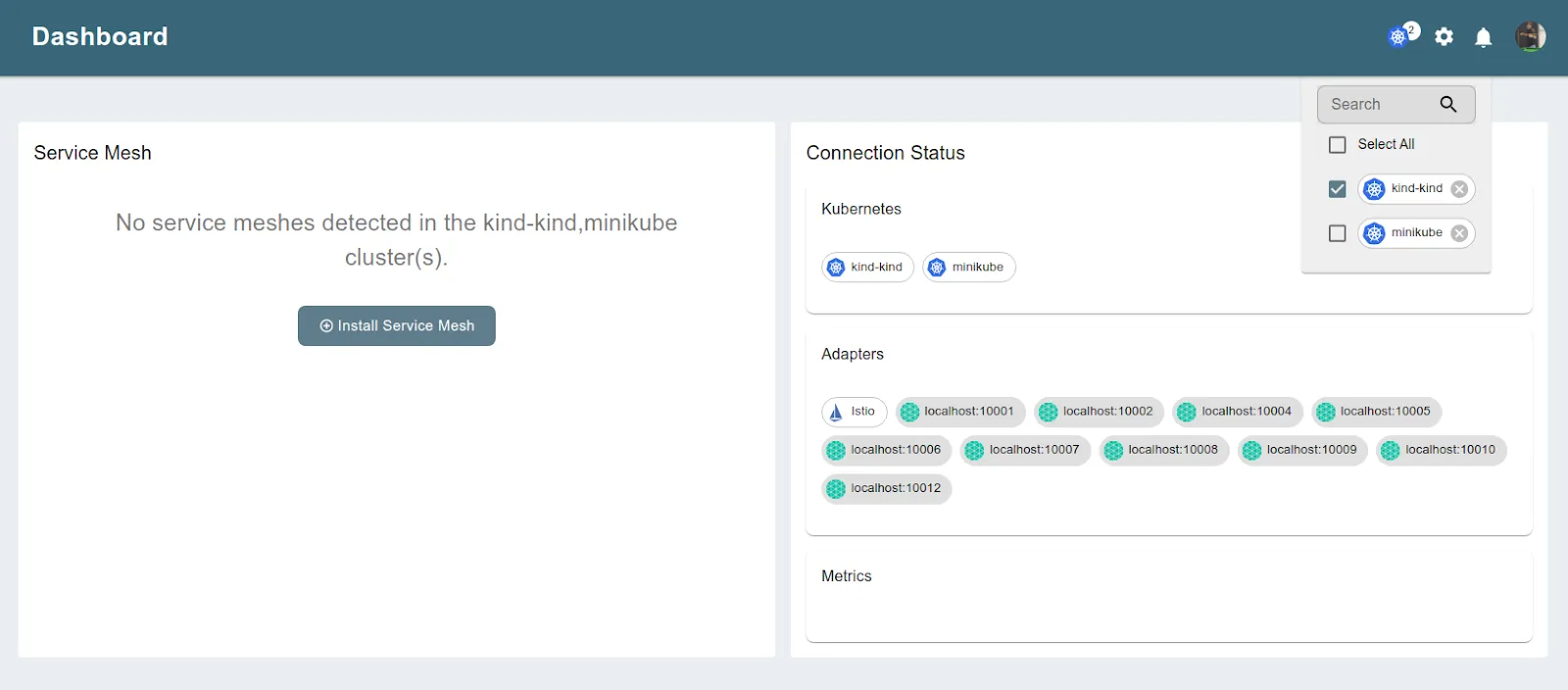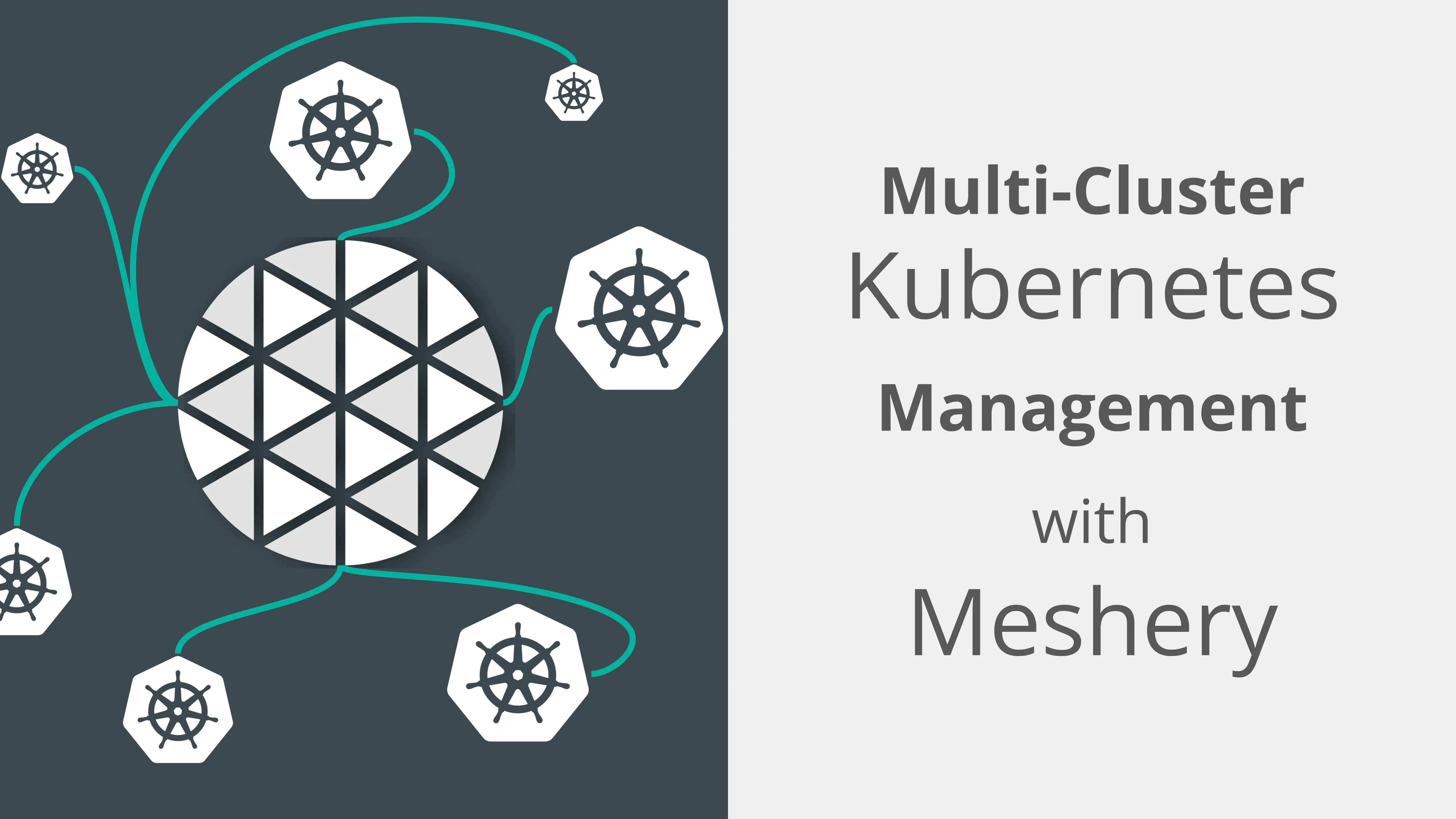Management of Kubernetes
What is Kubernetes Management, and Why Should You Care?
It is easy to understand why Kubernetes has become one of the most popular tools on the market today. Primarily, it allows you to easily manage Docker containers across your entire infrastructure with very little overhead, making it easier than ever to manage massive amounts of information in a timely manner. But what are you supposed to do with all this information? That’s where Kubernetes management comes into play—the process of using that information in an effective manner can make or break your efforts, so it’s essential that you choose the right solutions from the get-go.
Defining Kubernetes management
Kubernetes management is the process of managing your containers on a Kubernetes cluster. This can include things like adding or removing clusters, scaling clusters up or down, balancing workloads across nodes in a cluster, and restarting failed containers or nodes in a cluster. These tasks are complicated and involve many different types of actions. Figuring out how to do them all manually would be extremely time-consuming. Fortunately, there are tools like Meshery that automate these tasks for you, making it easier to see what’s going on within your cluster so you can make informed decisions about what needs to happen next. Staying on top of Kubernetes management will not only keep your cluster running smoothly but also help prevent problems before they occur. Automating this process will save you time and money, leaving more time to focus on other aspects of the business. When things go wrong, automated Kubernetes management allows you to have a plan and know exactly what steps need to be taken to recover from an incident. With these benefits in mind, it’s important that companies with containerized infrastructure use some type of automation for their Kubernetes management.
The benefits of Kubernetes management
Kubernetes management can seem like a daunting task. In the past, IT teams had to worry about maintaining large clusters of machines that required constant tweaking and monitoring. Kubernetes simplifies this process by automating tasks such as:
- Monitoring cluster health
- Deploying apps across nodes
- Running rolling updates
- Scaling up or down resources on demand
- Auto-recover from failures
- Application deployment consistency
- Managing container upgrades
Kubernetes management has also been shown to reduce operational costs because it eliminates the need for manual intervention in scaling applications, updating running containers with new versions, etc. If your IT team was spending 10 hours per week on manual operations before adopting Kubernetes, they'll spend only 2 hours after switching over!
The challenges of Kubernetes management
Kubernetes management can seem like a difficult endeavour. Between determining how to automate deployment and scaling and comprehending the fundamentals of how it operates, there are numerous factors to consider. Fortunately, there are numerous frameworks that simplify this procedure. But before going into new frameworks or technologies, you must grasp what Kubernetes administration comprises so that you know what you're attempting to automate. Kubernetes management comprises a variety of activities, such as building up clusters, keeping apps running on those clusters up-to-date, monitoring usage and providing alarms to keep things running smoothly, and shutting down clusters when they are no longer required.
There are numerous ways to manage these tasks: manually, with containers, with an orchestration system such as Ansible Tower, Cloud Control 12c, or ServiceNow NMS, with containers-as-a-service providers such as Docker Datacenter or AWS EKS, with container service offerings from cloud providers such as Azure Container Instances, by configuring Kubernetes with your own framework, and by installing Kubectl on your laptop for direct control. Each strategy has advantages and disadvantages that may make one more suitable for your organisation than another. Regardless of the approach you adopt, you must plan accordingly.
Importantly, the fact that Kubernetes is gaining popularity does not imply that it will replace your existing infrastructure layers. It augments their capabilities with scalability and large-scale application management (which would have been difficult without automation). In addition, the definition of management varies based on the size of the organisation: small businesses may prefer self-hosted platforms, whilst larger businesses would often primarily rely on SaaS solutions.
How Meshery makes it easier to run Kubernetes
Meshery is the only cloud-native manager in the world that supports more adapters than any other project or product.

Meshery has been designed for the world of many service meshes and many Kubernetes clusters. As such, great attention was made to guarantee that it is an extensible management platform, able to handle a diverse range of infrastructure and new use cases quickly through its plugin mechanism. Meshery Server acts as an operation delegator, determining which Meshery Adapter has registered its capacity for the given operation. The operation is then sent to the appropriate component using a gRPC call. This could be one of Meshery's service mesh adapters, like the Istio adapter.
Meshery's capability is constantly expanding, from multi-mesh to now multi-cluster, to give developers, operators, and security engineers more control over their infrastructure. Each part of Meshery's architecture makes a big difference in how it manages multiple Kubernetes clusters.
Meshery management across many clusters
From the settings page, users can do things related to clusters, like add more clusters, remove data from existing clusters, or delete existing clusters.

Meshery also deploys Meshery operators throughout the cluster it is about to manage. This operator is in charge of the Meshery broker and the MeshSync lifecycle. MeshSync is responsible for monitoring various types of resources by establishing a watch stream over each of them. MeshSync then sends the data to the NATS server, of which the Meshery server is a client. Meshery server then receives all necessary data relating to cluster activity.

Meshery, by default, wants to be as aware of your infrastructure as possible in order to deliver value. As such, it deploys its operator across each identified cluster. However, you can fine-tune this configuration by going over each one.
The future of Kubernetes management
Kubernetes management has been one of the buzzwords since 2018. But what does it actually mean? And why should you care about it? At its core, Kubernetes management is a system that helps make sense of the nuances of how different containers work together to create an application. As we rely more on containers for our everyday apps, there needs to be a way to keep track of them all. That's where Kubernetes comes in with its ability to manage these containers that are spread out across different servers and understand which ones need more resources or want to be shut down because they're no longer needed. The easier it becomes for developers and engineers to deploy applications without worrying about how they are going to be managed, the better off everyone will be. Fortunately, as containerization grows in popularity among developers and IT teams alike, so does the number of tools for managing it.
A lot of container platforms provide native management functionality: Docker Swarm allows you to use simple commands like swarm stop or swarm pull when your swarm is up-to-date; Kargo automatically manages clusters using zero-touch configuration; Rancher provides tools to manage containers using any infrastructure stack; and Mesos offers both orchestration capabilities through Marathon as well as advanced resource scheduling features. It's not always easy to know which platform will work best for your organization, but it's important to find one that suits your company's needs—especially if IT is looking forward to a future without manual management tasks!

